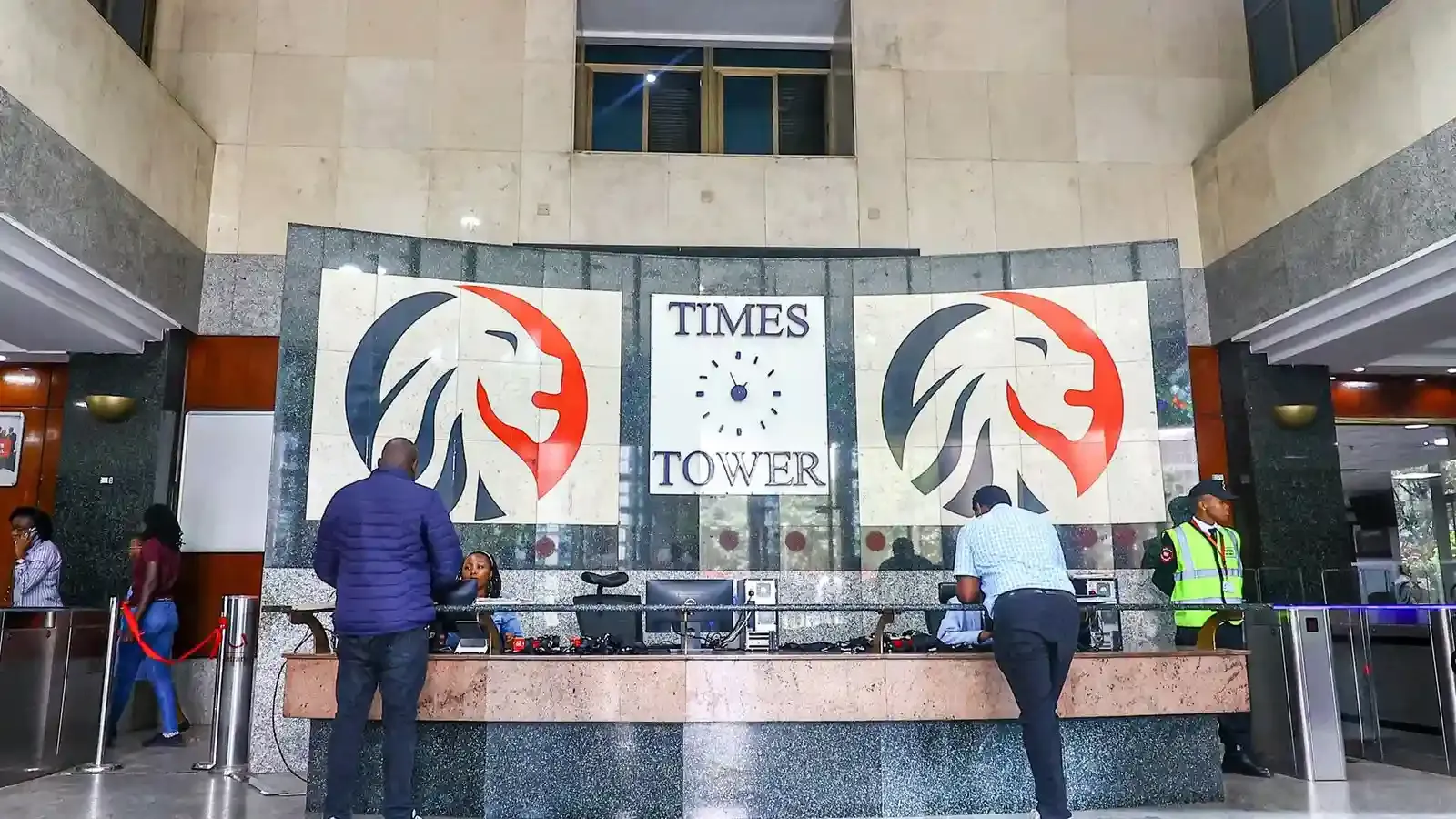KRA is upgrading eTIMS to improve VAT compliance and block fraudulent invoice deductions.
The new system offers real-time transaction tracking and automated fraud detection.
A tiered integration model supports both large corporations and informal traders.
VAT revenue collection has surged by 28% since the rollout, with Ksh32.14 billion collected in May 2025 alone.
The system is influencing policy changes on tax thresholds and informing long-term structural reforms.
KRA Expands eTIMS to Boost VAT Compliance and Close Tax Loopholes
A Quick Recap of This Story
The Kenya Revenue Authority (KRA) has embarked on an ambitious modernization effort to transform tax collection through a major upgrade of the electronic Tax Invoice Management System (eTIMS). In a bold move aimed at closing persistent tax fraud loopholes and maximizing compliance, the agency is aligning technology with policy to streamline VAT collection.
The digital system, already considered a game-changer by the authority, is expected to further automate and track tax transactions in real-time—effectively ending the era of manual filing loopholes and fraudulent invoicing.
George Obell, Commissioner for Medium and Small Taxpayers, emphasized during a high-level seminar in Nairobi that the system has not only improved efficiency but has substantially boosted the integrity of VAT records.
By introducing automated invoice validation, instant fraud detection, and strict rejection of unsupported deductions, KRA has been able to flag anomalies that would have otherwise slipped through. This proactive, tech-driven approach marks a seismic shift in how taxes—especially VAT—are monitored, collected, and enforced in Kenya.
Inclusivity at the Heart of Tax Digitization
The latest upgrades to eTIMS do more than just clamp down on tax evasion—they are designed with inclusivity in mind. A key feature of the reforms is a tiered integration system, which accommodates businesses of varying sizes and capacities. While large corporations can plug directly into KRA’s system through advanced APIs, small and informal traders are offered simplified, mobile-friendly platforms such as USSD codes and digital dashboards tailored to their unique needs.

This accessibility-first approach reflects a deeper recognition by the KRA that one-size-fits-all systems are no longer viable in a diverse economic environment. By building scalable and adaptable tools, the authority is working to bring more micro and small enterprises into the formal tax net—without overwhelming them with bureaucracy or tech-heavy demands. It’s a recalibration of tax enforcement, where facilitation and fairness work hand in hand with compliance enforcement.
Measurable Gains and Structural Reform
The results of this digital overhaul are already showing. In May 2025 alone, KRA collected Ksh32.14 billion in VAT—a 16% year-on-year growth that has been largely attributed to improved compliance visibility and reduced fraud. Overall, there has been a reported 28% spike in VAT collections since the introduction of eTIMS, a clear indicator that digital infrastructure can drive fiscal gains when coupled with sound policy and stakeholder engagement.
Additionally, insights generated from eTIMS are now informing broader policy conversations around VAT thresholds, exemptions, and equitable tax structures. This data-centric strategy enables the KRA to make more targeted decisions, including identifying sectors with historically low compliance and implementing reforms tailored to industry-specific challenges.
The Road Ahead: Beyond Compliance
Even as KRA celebrates the early wins of its VAT digitization strategy, officials are under no illusion that the journey is complete. The next phase involves not just scaling up the current system, but also refining its interface and integrating artificial intelligence to improve risk profiling and compliance prediction. Moreover, efforts are underway to harmonize the eTIMS platform with regional digital tax systems, laying the groundwork for cross-border VAT standardization under the East African Community.
Commissioner Obell also underscored the importance of taxpayer education and engagement. By helping businesses understand how the system works and why it matters, the authority hopes to nurture a compliance culture that is voluntary rather than coercive. With Kenya targeting to collect Ksh2.704 trillion in revenue by the close of the 2024/2025 financial year, every gain in VAT efficiency plays a pivotal role.

0 comments
Be the first one to comment, but before that...
Here are some best practices for writing comments: